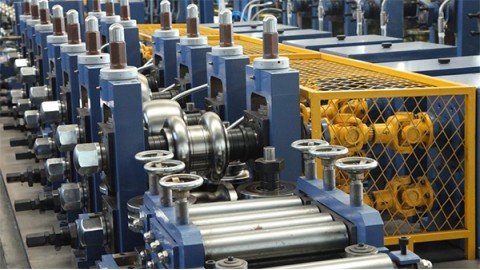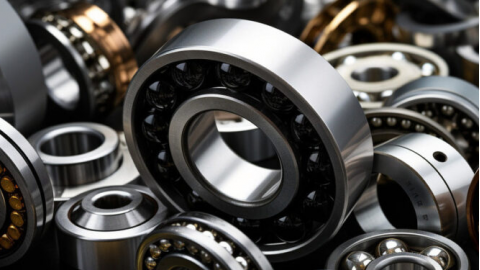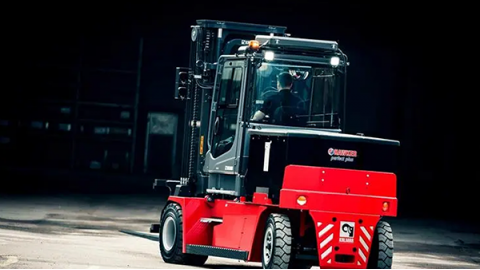Introduction
This article will help you understand the following topics:
- Solenoid valve working principles
- Key components of solenoid valves
- How solenoid valves operate
- Circuit functions in solenoid valves
- Construction materials and design
- Common applications of solenoid valves
- Approvals and certifications for solenoid valves
- And more...
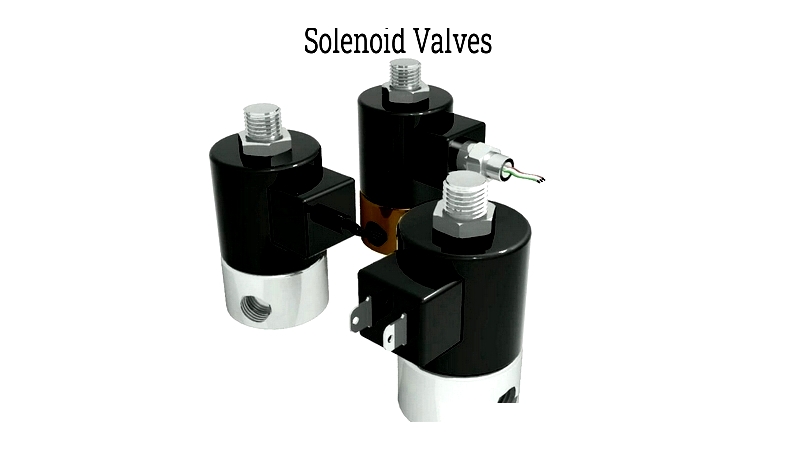
Chapter 1: What are Solenoid Valves?
A solenoid valve is an electromechanical device that controls fluid flow. It consists of an electromagnetic actuator (solenoid) connected to a valve body. The solenoid-plunger assembly acts as the actuator, opening and closing the valve in an on/off manner without flow regulation capability. The valve body contains pressure-retaining components that contact the process fluid.
The solenoid converts electrical energy into mechanical motion through electromagnetic action. It features a tightly wound wire coil around an iron core, with a ferromagnetic plunger. When current flows through the coil, it creates a magnetic field visualized as concentric circles around the wire. These fields combine to form a unified magnetic field, as shown below.

Adding more coil loops increases magnetic flux, strengthening the solenoid's electromagnetic force. This provides greater actuation power.
Another way to boost force is by increasing coil current through higher supply voltage. Solenoid valves operate on DC (6, 12, 24, 240V) or AC (24, 120, 240, 480V at 60Hz) power.
Proportional Solenoid Valves
Proportional solenoid valves allow continuous flow or pressure adjustment based on electrical input. Unlike standard on/off valves, they function as control valves. The plunger position adjusts via an external spring that balances electromagnetic force. Changing current alters spring compression for precise flow control.
Friction can affect force balance in proportional valves, requiring specialized electronic controls. Pulse width modulation (PWM) is commonly used, rapidly cycling the solenoid to achieve stable plunger positions through duty cycle adjustment.
These valves are used where automated flow regulation is needed, such as in pneumatic actuators, throttle valves, burner controls, and other precision applications.
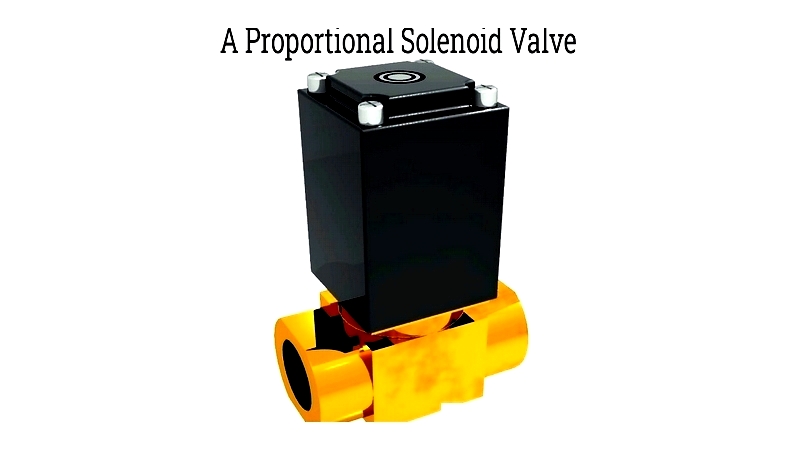
Chapter 2: Solenoid Valve Components
Solenoid valves provide precise fluid control in industrial automation and process systems. They have two main parts: the solenoid actuator and valve body. The solenoid converts electricity to linear motion, while the valve body regulates fluid flow. Design variations accommodate different voltages, speeds, and media compatibility. Valve construction varies by pressure, temperature, and fluid properties. Below are key components:

Coil
Insulated copper wire wound around a core tube. When energized, it creates an electromagnetic field to actuate the core. Available in various AC/DC voltages for different environments.
Core
Ferromagnetic plunger that moves when the coil is energized, controlling fluid flow. Made from soft iron or magnetic materials for fast response in automation systems.
Core Spring
Returns the core when de-energized. Spring tension varies by operation mode (normally open/closed). Latching valves may omit springs.
Core Tube
Non-magnetic enclosure (stainless steel or brass) for the core and coil, enhancing magnetic flux and valve efficiency.
Fixed Core
Stationary component that boosts magnetic flux at the tube's closed end, improving response time for critical applications.

Diaphragm
Flexible membrane separating solenoid from process fluid. Material (PTFE, EPDM, NBR) is chosen for chemical compatibility.
Stem
Connects core to closing element (disc/diaphragm), transmitting actuation force for flow control.
Disc
Primary sealing component (PTFE, stainless steel, polymers) selected for fluid properties and temperature.
Seat
Precision-machined surface where disc seals. Material must resist corrosion and wear to prevent leaks.
Seal
O-ring/gasket (PTFE, FKM, NBR, EPDM) that isolates electronics from process fluid.
Bonnet
Protective cover allowing maintenance access and coil replacement while maintaining pressure integrity.
Body
Main housing (stainless steel, brass, plastics) with ports, selected for pressure and chemical resistance.
Bleed Orifice
Pressure-balancing feature in indirect/semi-direct valves for efficient large-flow operation.
Pilot Channel
Passage enabling indirect valve operation via smaller pilot mechanism for energy efficiency.
Selection Considerations
Key factors include actuation type, orifice size, flow coefficient, connections, voltage, and certifications (ATEX/UL). Consider pressure, temperature, and fluid properties for optimal performance in HVAC, industrial, or process applications.
Consult manufacturers for technical specifications matching your requirements. Modern valves offer energy efficiency, fast response, and automation compatibility.

